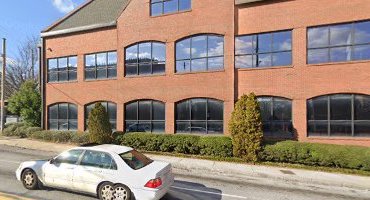A seminar by Rutt Bridges, the School of Earth and Atmospheric Sciences' 2017 Alumnus of the Year.
As technology evolves ever faster, our lives change at a rate that accelerates as well. Most students who are here today have a good chance of reaching 100 years of age, but the world of 2100 will seem far more different from today's than did the world of 1900. Why? Because of the rapid increase in the number of new disruptive technologies and their quickening adoption rates.
A new product, service, or technology may be smaller, cheaper, easier to use, or combinations of all three. Disruption occurs if what's new is so superior that it soon makes its competitors obsolete. But disruption isn’t just about technology. It is also about the economic, societal, and geopolitical changes that may result.
Those changes aren’t all positive. Each major disruption brings winners and losers. And those losses can sometimes be catastrophic.
Suppose you had a magic wand and could conjure a Star Trek Transporter. This device would be cheap to build and operate, is totally safe, and could instantaneously transport goods and people between any two points on the globe. It could even be used to colonize Mars!
No more hours spent in ever-shrinking airline seats. You could spend holidays with your family and your sweetheart! And since transportation is now the leading source of greenhouse gas emissions, you’d be a hero to the environmental community.
Of course, the global air transport industry would quickly collapse, and 63 million people would lose their good-paying jobs. In the U.S. alone, a transporter would eliminate the jobs of 3.5 million truck drivers. Imagine all those angry Teamsters Union members knocking at your door! And then there are the people who build, sell, and service the trains, planes, roads, bridges, and automobiles that we count on every day.
Earlier disruptions took a long time to take hold: the Industrial Revolution took two centuries (1700-1900); the transition from horses to automobiles took decades (1900-1930). Today, adoption of compelling technologies can happen within 10 years or less.
We will focus on the rapid rise of autonomous vehicles, but will also consider other disruptive technologies, including deep learning, genomics, and 3D printing. And we’ll always consider the losers and winners.
When you pray for sunshine for your picnic, think also of the farmers who need the rain.



